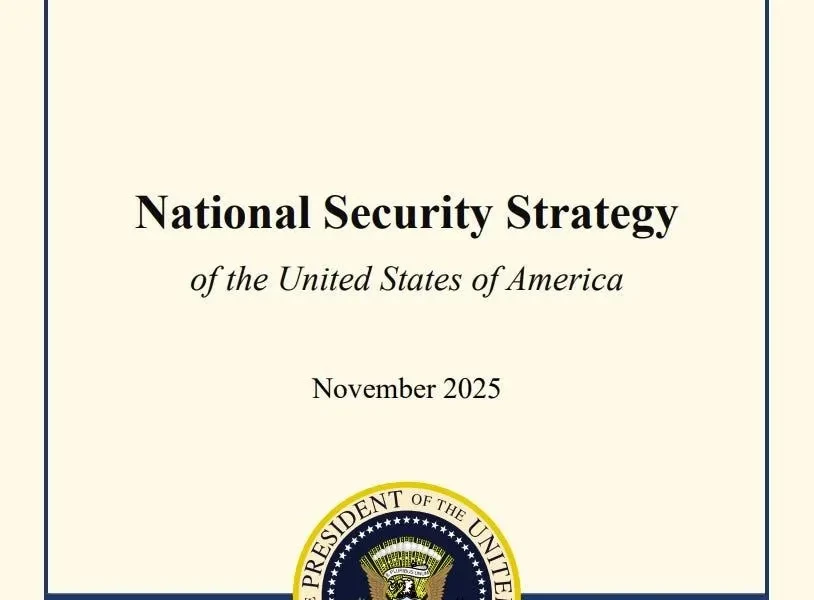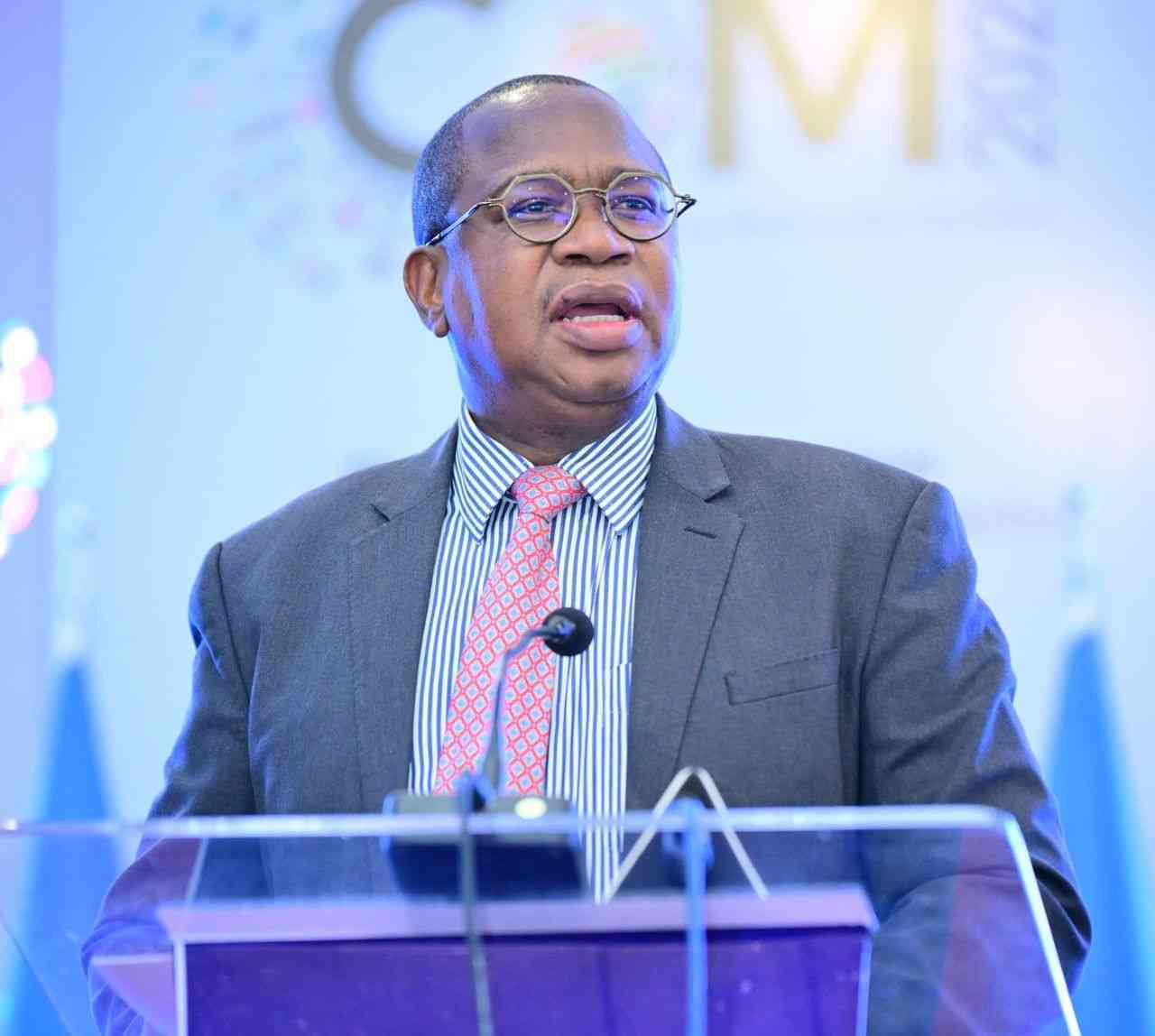
This week, I experienced a profound personal loss: the passing of my grandmother.
Her departure has prompted deep reflection on life's priorities, family, and the fragility of our shared time. In the midst of this grief, I recommitted to my pledge to deliver timely insights to you, our valued audience.
By carving out moments amid the sorrow, I am pleased to share these market updates, underscoring the importance of resilience—both personal and financial—in navigating uncertainty.
After several quiet weeks, markets have roared back to life. A combination of geopolitical uncertainty, energy price shocks, and shifting interest-rate expectations has reignited volatility across global markets.
This week began with a sharp rise in gold prices — a clear sign that investors are once again seeking shelter amid uncertainty.
However, the gold dropped sharply about 5% on October 21 before continuing on a downturn of writing.
Having recently returned and settled back in Canada after three weeks in Zimbabwe, I have noticed a striking shift in global sentiment.
Just a year ago, optimism revolved around soft landings and artificial intelligence stocks.
- Mavhunga puts DeMbare into Chibuku quarterfinals
- Bulls to charge into Zimbabwe gold stocks
- Ndiraya concerned as goals dry up
- Letters: How solar power is transforming African farms
Keep Reading
Today, the conversation has turned back toward safe havens, dollar strength, and that age-old hedge — gold. So,let's dive in.
Please note, the views in this reflect my personal opinions and are for informational and educational purposes only, not financial advice; investors should always do their own research or consult a licensed financial advisor before making decisions.
Gold takes the spotlight
The precious metal surged toward the US$4 400 per ounce mark early in the week before easing slightly as bond yields retreated.
Analysts cite a mix of catalysts: renewed sanctions on Russian oil, rising Middle East tensions, and uncertainty around upcoming diplomatic
In uncertain times, gold performs its classic role as a hedge against inflation, currency risk, and geopolitical shocks — and this month, all three have resurfaced at once.
Exchange-traded funds (ETFs) tracking gold reported some of their largest inflows of the year, while US 10 year Treasury yields closed at 4.003% on October 23 indicating easing as risk appetite is fading.
Geopolitics are once again dominating market discussions.
The US administration’s renewed restrictions on Russian oil exports have disrupted supply flows, pushing West Texas Intermediate Crude Oil (WTI) price to over US$61.49
Meanwhile, earlier in the week reports had suggested a potential meeting between Presidents Donald Trump and Russian Vladmir Putin, possibly to discuss energy security and global stability.
However, it seems the White House has cancelled the meeting later on the last time I checked. A de-escalation could cool oil prices — while any tension could send them higher, reigniting inflation fears.
An anticipated Trump–Xi summit could also impact markets, especially if discussions touch on semiconductors and trade. Any hint of new tariffs or restrictions could stir volatility in the tech sector, which has powered much of the S&P 500’s rally over the past year.
All eyes now turn to the Federal Reserve’s November policy meeting. With strong employment data but softening consumer demand, investors are split on whether the Fed will hint at rate cuts in early 2026 or maintain its “higher for longer” stance.
As discussed recently on the Streetwise Economics YouTube channel , the real market impact often comes not from what the Fed does, but from how investors interpret its tone.
A single line suggesting flexibility could spark rallies in rate-sensitive sectors, while a firm tone could extend the flight to safety and boost gold.
Despite a solid earnings season, the S&P 500 ended the week slightly lower. Investors rotated out of high-growth tech names like Microsoft and Nvidia, and into defensive sectors like energy and defense. Hedge funds have trimmed leveraged long positions, while retail traders have shown increased interest in gold and oil ETFs.
While inflation is gradually moderating, consumers continue to feel the pinch — particularly in housing and credit markets. Mortgage rates near 7.4% have kept home affordability low, while credit card balances are rising.
For many households, the focus has shifted from “what stock should I buy next?” to “how do I protect what I already have?” This is where strategy and education matter most.
At StreetwiseEconomics.com, I share insights designed to help everyday investors manage risk and reward in uncertain times — from covered calls and portfolio hedging to understanding how global events ripple through local markets.
For video commentary, visit our YouTube channel here, where we break down complex market movements for both Zimbabwean and international audiences.
Lessons from gold’s wild ride
Gold’s volatility this week reinforces a timeless truth: markets are emotional. Fear drives investors toward safety; confidence drives them back to risk. Successful investors focus less on predicting headlines and more on managing risk within those cycles.
Technically, gold could continue testing the US$4400–US$4 400 range if geopolitical risks stay high. A drop below US$3 900 could signal a short-term correction — especially if the Fed’s tone remains firm.
For disciplined traders, volatility can be an opportunity — but only when paired with sound risk controls such as stop-losses and position sizing.
Now that I’m back in Canada, the global-local connection feels stronger than ever.
The Canadian dollar has softened against the U.S. dollar, reflecting America’s rate advantage and fluctuating commodity prices.
The S&P/TSX has mirrored global trends — gold miners rising, energy mixed, and tech stocks easing.
For investors in Canada, Zimbabwe, and other emerging markets, the message is the same: what happens in Washington or Moscow inevitably touches Harare and Toronto alike.
What to watch next
- Federal Reserve Meeting (October 28-29): Any shift in tone will move markets.
- Putin–Trump Talks if it happens: Could reshape oil and defense stocks.
- Xi–Trump summit: Key for trade and semiconductor sentiment.
- Gold and Dollar correlation: A weaker dollar could sustain gold’s rally.
- Earnings season wrap-up: Guidance may reset year-end market tone.
Takeaway: Stay informed, stay strategic
This week’s turbulence highlights a core investing principle: volatility is not the enemy — it’s a reflection of change. For disciplined investors, change creates opportunity.
At Streetwise Economics, our focus remains on practical education, clarity, and real-world strategy — not hype. Visit www.streetwiseeconomics.com to explore articles, workshops, and coaching sessions designed to help you think and trade like a professional.
As markets shift, remember: staying informed, flexible, and strategic is the best defense — and often, the best offense — whether you’re in Harare, Toronto, or Nairobi.
Until our next dispatch, invest with discernment and prudence. May market tailwinds align in your favor.
- *Isaac Jonas is an economist based in Canada and principal consultant at Streetwise Economics. He is also a retail investor, retail trader and content creator, focusing mainly on the US and Canadian capital markets. He regularly shares insights via his social media handles and YouTube Channel (Streetwise Economics). His website is www.streetwiseeconomics.com and can be reachable on [email protected]. Disclaimer: This article is for educational purposes only—not investment advice. Markets are personal; what works for me might not for you. Consult a financial advisor before acting. Let’s keep learning and adapting—together.











